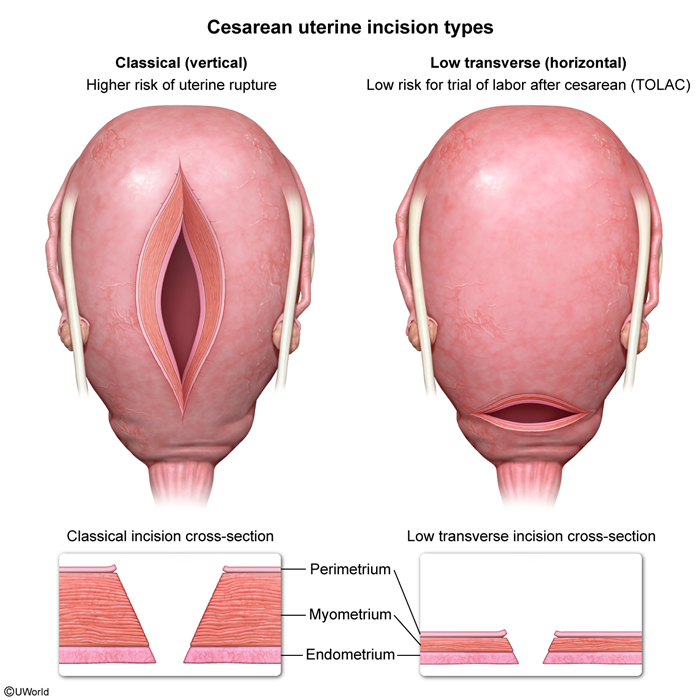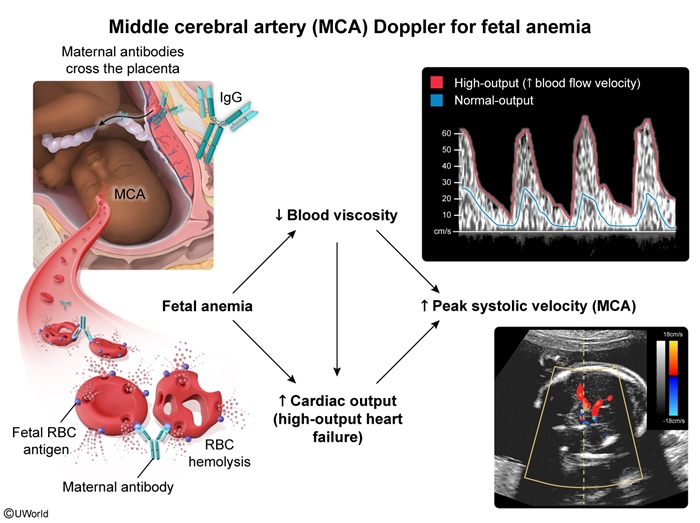Antepartum Fetal Testing
Article Sections
Introduction
The tests that compose antepartum fetal surveillance are used to assess fetal status and well-being by providing information about fetal oxygenation, fetal growth, and placental function. The goal of antenatal testing is to prevent intrauterine fetal demise; therefore, routine surveillance is performed in pregnancies complicated by maternal or fetal comorbidities that increase the risk for fetal demise. This testing helps guide pregnancy management and delivery timing in these pregnancies.
This article covers key tests used in antepartum fetal surveillance, including nonstress test (NST), biophysical profile (BPP), contraction stress test (CST), umbilical artery Doppler (UAD) ultrasonography, and middle cerebral artery (MCA) Doppler ultrasonography.
Physiology
Fetuses exposed to long-term oxygen or nutrient deprivation typically follow predictable, step-wise physiologic adaptations that can be detected on antenatal testing and allow for intervention.
Continue Learning with UWorld
Get the full Antepartum Fetal Testing article plus rich visuals, real-world cases, and in-depth insights from medical experts, all available through the UWorld Medical Library.
Figures


